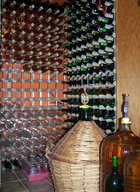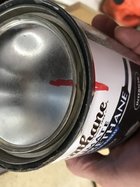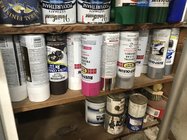After I apply a coat of Topoil and it cures, the surface is rough. Has anybody else experienced this and if so, how did you solve this problem?
I apply my first coat with a white, non woven pad. I wipe off any excess with a paper towel since Osmo recommends that the first coat should be thin.
I let it cure for about 12 hours. When I feel the surface, it's rough, even though I sanded to 320. I then apply a slightly thicker second coat with a another white,
non-woven pad and let it cure. The surface is still rough. Anybody have any ideas how to solve this problem?
I apply my first coat with a white, non woven pad. I wipe off any excess with a paper towel since Osmo recommends that the first coat should be thin.
I let it cure for about 12 hours. When I feel the surface, it's rough, even though I sanded to 320. I then apply a slightly thicker second coat with a another white,
non-woven pad and let it cure. The surface is still rough. Anybody have any ideas how to solve this problem?





